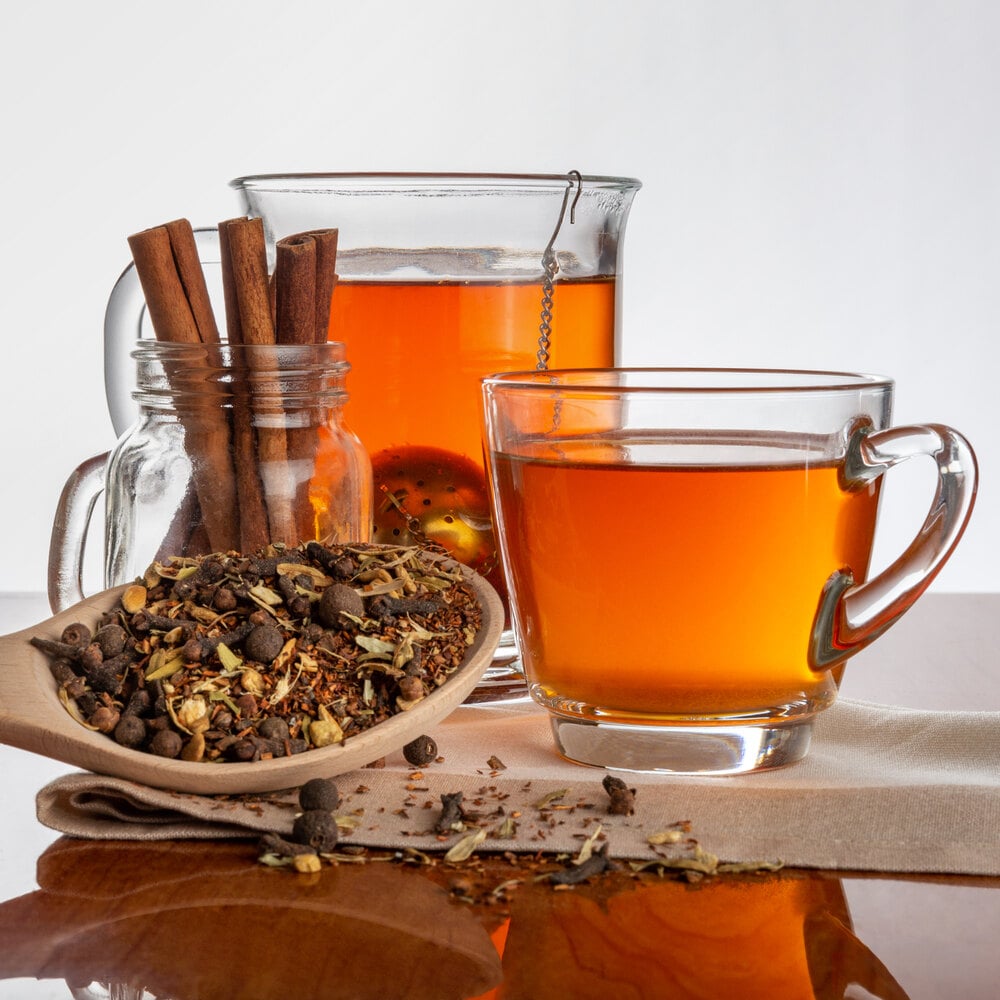Do you still have questions about tea? We've compiled some of the internet's frequently asked questions and how-to queries about tea and answered them for you!
Does Tea Have More Caffeine than Coffee?
Although tea leaves contain more caffeine than coffee beans, tea beverages contain less caffeine than coffee. Black tea has the highest concentration of caffeine with roughly 47 milligrams of caffeine in an eight-ounce cup, while green tea and oolong tea have low to middling amounts of caffeine. In contrast, an eight-ounce cup of coffee contains roughly 95 milligrams of caffeine.
Does Tea Expire?
Like spices, tea doesn't have an expiration date in the traditional sense, making it safe to drink well after it's bought. However, older tea leaves lose their flavor and brew much weaker cups of tea. Storing tea properly is crucial to prolonging the life of tea and ensuring that you can continue to enjoy it years from now.
How to Store Tea?
Since tea will break down when exposed to light, moisture, air, or heat, it's important to store your tea in well-sealed, opaque containers. Many loose leaf teas come in tea tins, which work well to keep your tea fresh. You can also use glass mason jars stored in a dark cupboard.
How Is Tea Fermented?
Some types of teas are fermented and oxidized, such as kombucha, while others are not. To ferment tea, leaves need to wither or be bruised by hand. This process allows enzymes on the leaves to interact with the air, oxidize, and change the chemical compound and color of the leaves. The tea flavor can change greatly depending on temperature, humidity, and other air conditions. Heat treatments, like pan-firing or steaming, will stop the oxidation process.
What Is Boba Tea Made Of?
Also known as bubble tea, boba tea consists of a base of black or green tea with milk, flavoring syrups, and sweeteners added for customization. However, the distinguishing feature of this beverage is the chewy tapioca balls that sit at the bottom of the cup. Served cold, the taste and caffeine levels of boba tea vary depending on the different ingredients used. With these supplies, it's easy to add boba tea to your menu.
Back to Top


















